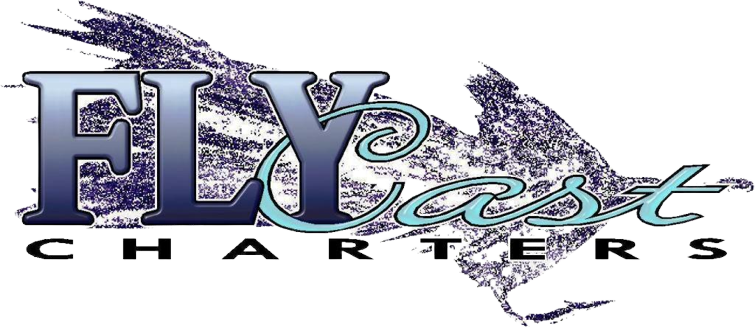Due to the fact that I enjoy hunting down fish and exploring skinny water as deep in the backcountry as possible, and my preference for fishing artificials with light tackle, I generally use my push pole extensively. In addition, I am fly fishing more lately, and poling provides the necessary stealth as well as keeps my boat’s layout simple including an uncluttered front deck. However, there are times I find myself thinking about adding a trolling motor, but keeping the boat clean and simple but still functional always leads me to resist the temptation.
With all this in mind, I thought I’d take a look at the pro’s and con’s including the most effective situations for each, or when to pole and when to troll. First of all, there is no doubt that most inshore anglers consider a trolling motor an indispensable tool. When the wind is pushing your boat around, which is most of the time, it is a great tool to help keep you on course. Whether trying to effectively work a mangrove shoreline or drift a specific pattern over a flat, a good trolling motor will push through most daily breezes. Moreover, a trolling motor allows all anglers on the boat an opportunity to fish. It can be done, but fishing from a poling platform, especially in the wind, is pretty difficult. Also, if you ever plan to fish by yourself, you will get a lot more casts in if you fish with a trolling motor. And you know what they say; you can’t catch a fish if your lure isn’t in the water. And of course, anytime you want to fish some deeper water, a trolling motor is hard to beat. Some great applications include, fishing docks within a canal system, deeper cuts between flats, and especially tarpon on the beach. And even if you do pole a lot, a trolling motor is very effective for getting on and off individual flats as quiet as possible before you set up to begin poling.
On the downside, if you solely rely on your trolling motor, you will limit your chances in shallower water. Because, this type of environment encompasses a great deal of water adjacent to Charlotte harbor and its surrounding bays, it is a legitimate concern. The reason is simple, stealth. Believe it or not, the noise and vibration created by a trolling motor is enough to shut fish down. In extremely skinny water, in which they can not be submersed at least ten to twelve inches under the water, they can sound like a blender. At this point, you might as well change locations. And, if you like to fly fish, anything on the casting platform will usually get in the way.
On the other hand, if used properly, a push pole can put you very quietly in extremely shallow water. It takes a little practice and is of course more work, but it is very effective. I have poled almost right on top of redfish before blowing them out, and have gotten them to eat within only a rods length from the boat. In addition, I am able to sight fish more effectively due to the elevated position on the poling platform. And, if I’m on soft enough ground, I can use the pole itself to stake the boat out. This is an instant anchor
that will provide the angler on the casting deck additional shots at sighted fish. Moreover, without an additional motor on the front deck, my boat requires fewer batteries, needs less maintenance and is just a simpler layout that provides great fly fishing opportunities.
Conversely, when the wind is blowing, poling can be downright difficult. Under these conditions, all you can do is try to set up in order to pole with the wind. Or, just let the wind push you and then use your push pole to actually steer the boat. In a worst case scenario, you may have to pick and choose between convenient lee island shorelines, or begin a drift on a flat in order to establish the wind at your back. There are some fundamentals that will make poling easier which I will cover next week. And again, another obstacle is that if you ever do go out alone, you’ll have to split your time between poling and fishing. Plus, if you go out with a buddy, only one angler will usually be able to fish at a time.
Lastly, this is not a black and white issue. There are variables that have to be considered. For example, some boats simply do not pole as easy as others. And, based on hull designs, boats float differently, draw different amounts of water, and create various noise levels. In addition, trolling motors can also be mounted with convenient detachable brackets. In other words, you can choose either to quickly install one before a trip or leave it at home. You will be left with the bracket on the casting platform, but that’s better than an entire motor. Furthermore, in both cases, you can get as close as you think possible, and then get out and wade to really sneak up on your prey.

Recent Comments